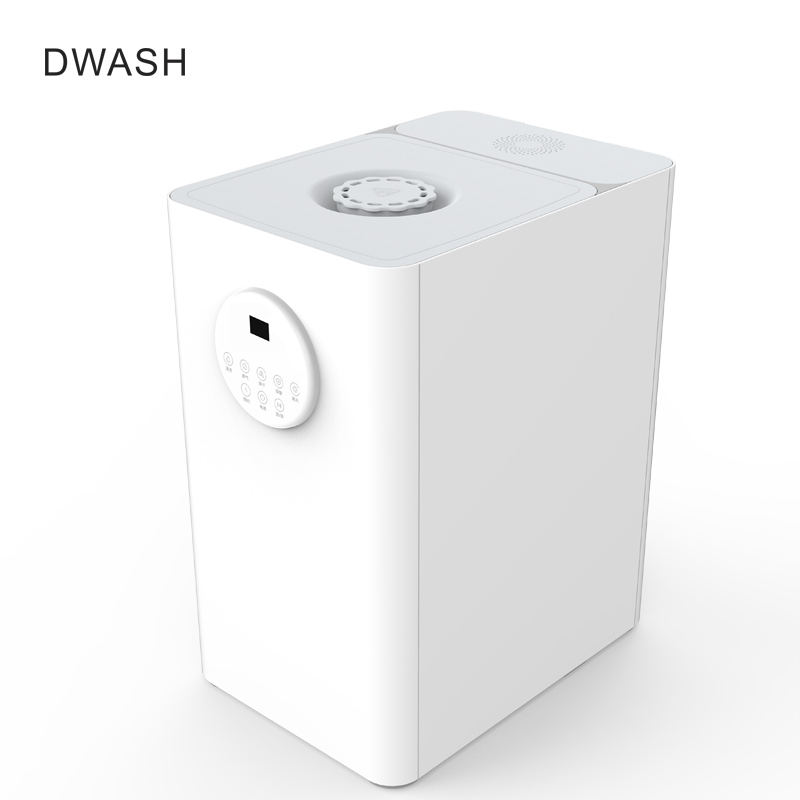-
Call Us Now
+8613824524521 -
Email us
willing.guo@dwash.cn
Why & How I Sterilize Baby Bottles
Sterilizing baby bottles is one of the key points to safeguard their developing immune system healthy. Even you clean your baby’s bottle with clean water, you still need some extra methods to remain the bottles pristine. Today, I will cover how to sterilize the baby bottle and how often to sterilize the baby bottles.
Why Sterilize Baby Bottles
NHS suggests that it is necessary and important to sterilize baby feeding equipment such as baby bottles, teats. It is because bottle sterilization could prevent diarrhea and vomiting or other infections from our vulnerable newborn baby. A baby under 12 months is easily gets infections.
How to Sterilize Baby Bottles
But how to sterilize our baby bottles? To get the proper sterilization for the baby feeding equipment, we could use the following methods.
Sterilizing Baby’s Bottle in the Electric Dishwasher
● First, we need to separate all the bottle parts and wash them with running water.
● Second, we directly place the bottle's major parts in a dishwasher. As for some relatively small parts of the bottle before placing them into the household dish washer, we could place them into the mesh bag, in case of falling into the filter.
● Third, we make the dishwasher in the mode of hot water and heated dry. After finishing the sterilization in the family dish washer, we should fully wash our hands before removing the bottle parts.
● After that, we need to repeat the last step of the first sterilization method----place them and air dry them on a clean and dry towel.
Sterilizing Baby’s Bottle With Boiling Water
● CDC suggests that we need to thoroughly clean the bottles before sterilizing bottle.
● Firstly, we need to fill a large clean pot with enough water to ensure the water could cover the bottle during the sterilization.
● Second, we place the bottle into the water and ensure the bottle is fully filled with the water. If you find there is no bubble trapped in the bottle, it means the bottle is fully filled up.
● Third, we also need to put other parts into the water.
● Fourth, we need to boil the water and let the baby feeding equipment sterilize in the water for 5 minutes. But 5 minutes is recommended sterilizing time from CDC, you need to determine the actual sterilizing time according to the instruction from the manufacturer.
● The last step of the baby bottle sterilization of the boiling water is to place and dry them on a clean and dry towel. In this step, we cannot wipe dry the bottle through the towel, in case of the germs transfer from the towel to the bottle.
Sterilizing Baby’s Bottles with A Baby Bottle Washer
This method is the most efficient sterilizing method. A baby bottle sterilizer removes germs from baby feeding equipment quickly and easily by reaching a higher temperature than boiling water.
Someone may think it is not worth it to buy a baby bottle washer machine, for it may useless when the baby grows up.
Someone may think it is not worth it to buy a baby bottle washer machine, for it may useless when the baby grows up.
As a matter of fact, a clean baby bottle could prevent our little baby away from germs in a certain way, so as to grow up healthfully. It is worth it the buy a baby bottle washer and sterilizer to get them healthy.
Before you buy a Baby Bottle Washer, you need to check whether it is a baby bottle UV sterilizer, the UV sterilizer is relatively more efficient.
How Often Should You Sterilize Baby Bottles
It depends on the physical situation of your baby. If your baby is healthy, sterilizing bottles before using them is enough. If your baby has a weakened immune system or is born prematurely, it is vital to sterilize the bottles frequently.
Notice: We should sterilize the first-use baby bottle to remove bacteria or contaminants which may get during the production or shipping.
Notice: We should sterilize the first-use baby bottle to remove bacteria or contaminants which may get during the production or shipping.
Conclusion
All in all, you could decide how to and how often to sterilize your baby bottles, according to your situations, suggestions from China professional baby bottle sterilizer UV manufacture. Automatic dishwasher, Boiling water, bottle washer machine are the three great methods recommended by CDC.
2021-12-09





